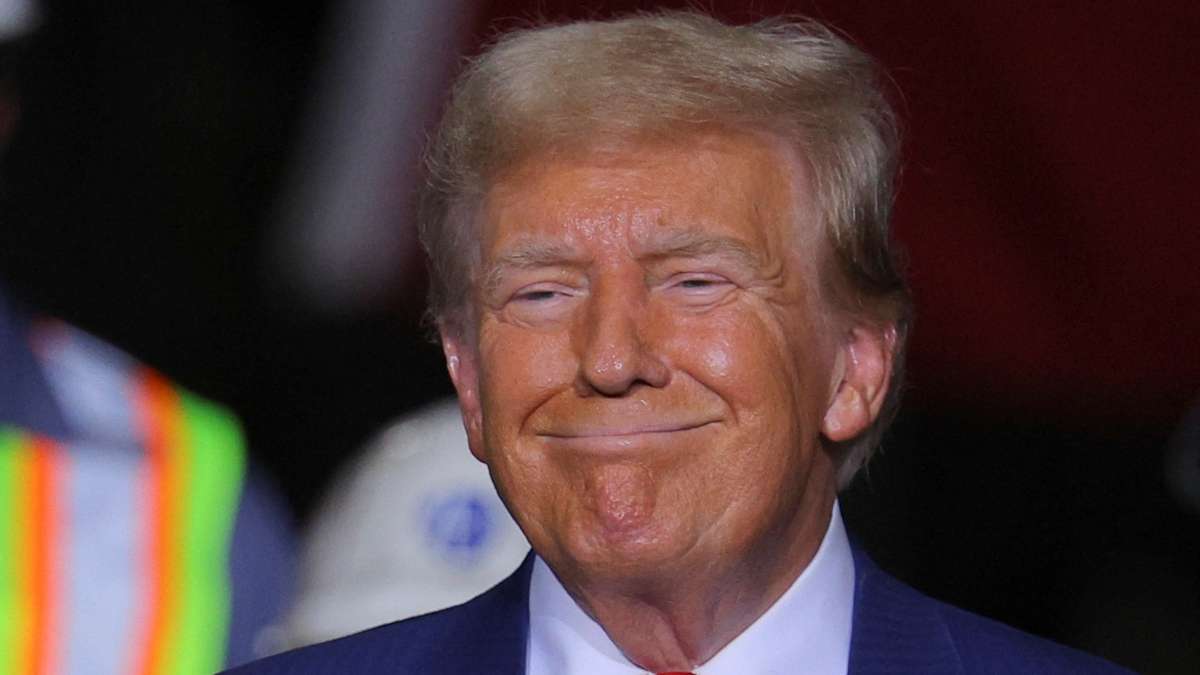Does this imply that Obamacare will be extended? Is this necessary? John Berman, a CNN anchor, posed questions to the Ohio senator. Vance's response was, "Well, look, I think you have insurance companies that have to cover a lot of services."
He added, blaming Democratic presidential candidate Kamala Harris for the overall high cost to consumers, "The President explicitly said that he wants insurers to cover additional fertility treatment."
The day before, Trump had laid out the IVF policy in broad strokes at a campaign event in Michigan.

"Your insurance company will" or "I’m announcing today in a major statement that under the Trump administration, your government will pay for all costs associated with IVF treatment" were some of the statements he made. Be obligated to pay for them
He later stated to NBC News that the subsequent Trump administration would "mandate that the insurance company pay" and "pay for that treatment."
In the vast majority of assisted reproductive procedures, in vitro fertilization (IVF) is used in cases of infertility. However, a single IVF cycle can be prohibitively expensive, costing anywhere from $15,000 to over $30,000. It takes, according to the United States Department of Health and Human Services, an average of 2.5 cycles to become pregnant.

In 2022, nearly 390,000 IVF cycles were performed by the Society for Assisted Reproductive Technology's 368 member clinics, an increase of 6% from the previous year.
Based on an average initial cost of $20,000 per IVF cycle, either taxpayers or private insurers would bear nearly $8 billion in annual costs under Trump's plan.
In addition, if IVF treatments were provided without any out-of-pocket costs, similar to how the Affordable Care Act covers routine mammograms and checkups, there would probably be more patients seeking them.

The former president's most recent attempt to attract voters who are concerned about women's reproductive rights is Trump's endorsement of IVF as a policy platform. Additionally, Trump backs abortion.
Recent polls of the presidential race indicate that Harris has a substantial lead over Trump among female voters.
The lead reflects a broader shift in the electorate since the Supreme Court overturned Roe v. Wade in 2022, which had protected federal abortion rights for nearly 50 years.
Three conservative justices who Trump had appointed to the bench made up the majority bloc in Dobbs v. Jackson Women's Health Organization.

In the two years since the Dobbs decision, according to The New York Times, 22 states have either enacted restrictions that go beyond the previous standard under Roe or have banned abortion in general.
While simultaneously taking credit for repealing Roe, Trump has erroneously claimed that experts of all political stripes wanted the abortion issue to be decided by individual states rather than the federal government.
Trump has tried to distance himself from states that have increased restrictions on abortion after Dobbs in his third run for president. Additionally, he has wooed voters who oppose abortion and advocacy organizations.
He has also spoken out against the plans of some of his GOP allies, including Sen. Lindsey Graham of South Carolina, to ban abortion in the United States. The Republican Party adopted a new platform in July that significantly loosened its stance on abortion, which Trump backed.

Despite this, the Harris campaign has issued numerous warnings that, if elected, Trump would impose an all-encompassing ban on abortion.
Senator J.D. Vance recently faced scrutiny after promoting Donald Trump's newly proposed IVF funding plan, which has raised concerns due to its projected costs. Trump announced this IVF initiative at a campaign event, indicating that either the federal government or private insurers would cover all expenses related to in-vitro fertilization (IVF) treatments. IVF costs are typically high, with a single cycle averaging $15,000 to $30,000, and most patients requiring multiple cycles to achieve pregnancy. With nearly 390,000 IVF cycles performed in the U.S. annually, experts estimate that Trump’s plan could lead to an $8 billion annual cost for taxpayers or insurers.
While this initiative is part of Trump’s strategy to gain support from women concerned about reproductive rights, Vance faced tough questions during an interview about how this federally mandated plan would work, especially in states that have adopted restrictive stances on reproductive procedures following the 2022 Supreme Court’s Dobbs decision. Some states, like Alabama, initially faced issues with IVF accessibility due to legal concerns after the decision, but have since implemented laws to protect fertility treatments. Vance dismissed the scenario of states banning IVF as unlikely, but critics argue that state-level restrictions on reproductive health could still complicate the federal implementation of Trump’s plan.
In the broader political landscape, this IVF policy reflects Trump’s complex position on reproductive rights. Though he initially supported anti-abortion measures, Trump has distanced himself from stricter GOP-driven abortion laws in states like Florida and voiced opposition to federal abortion bans proposed by allies like Senator Lindsey Graham. This balancing act is aimed at appeasing both pro-life advocates and voters who favor more moderate stances on reproductive rights. However, many anti-abortion advocates see this IVF plan as contradictory, especially when tied to Trump's softened stance on abortion in states with strict bans.







